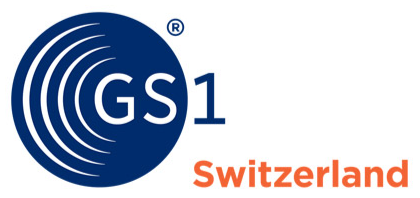GS1 Standards comes into fashion
The fashion market is in a state of upheaval. The classic retail models are increasingly coming under pressure. Manufacturers are taking over more retail functions and the share of private labels in retail is steadily growing. In addition, customers demand individualised product offers, high flexibility, ever faster changing collections - and all with first-class customer service.
Customers no longer buy only online or offline. They use many channels as well as digital marketplaces in parallel. Especially in the fashion industry, consumers want to know which model, in what size, is available where. The basis for this is efficient inventory management and an automated exchange of data. Companies can meet these challenges with fast and standardised communication. The basis for this are the identification, communication and process standards of GS1.
GS1 standards enable:
Optimisation of sales areas and increase in the availability of goods
The more precisely consumers are informed about available products in a shop, the more satisfied they feel and the longer they stay in the shop. Transparent processes are needed for such information to enable a reliable overview of the current inventory and a quick supply of goods. The basis for this are the GS1 barcodes and the radio frequency technology EPC/RFID. They make it possible to capture inventories more quickly and optimise inventory levels.
Protection against product piracy
Every year, millions of counterfeit garments enter circulation. The key word for counterfeit protection is serialisation. It makes every product an original. The serial number of a product combined with the global article number GTIN works like an identity card for articles of any kind. The number remains linked to the unit as long as it exists.
Protection of goods against theft
The use of radio frequency technology EPC/RFID provides double protection for products: on the way from the manufacturer to the retailer and at the point of sale (POS).
Vertical partnerships
From the partnership agreement to the processing at the point of sale: The recommendation "Consignment, commission, concessions - distribution centre and branch" defines the individual business models and the associated processes in a standardised way and describes them in detail.
Automated exchange of information
GS1 standards for electronic data interchange (EDI) make it possible to report store- and article-specific inventories and ensure a continuous supply of goods.
Optimisation of processes with EPC/RFID
EPC/RFID is considered a key technology for optimising and accelerating all processes in the textile supply chain.








